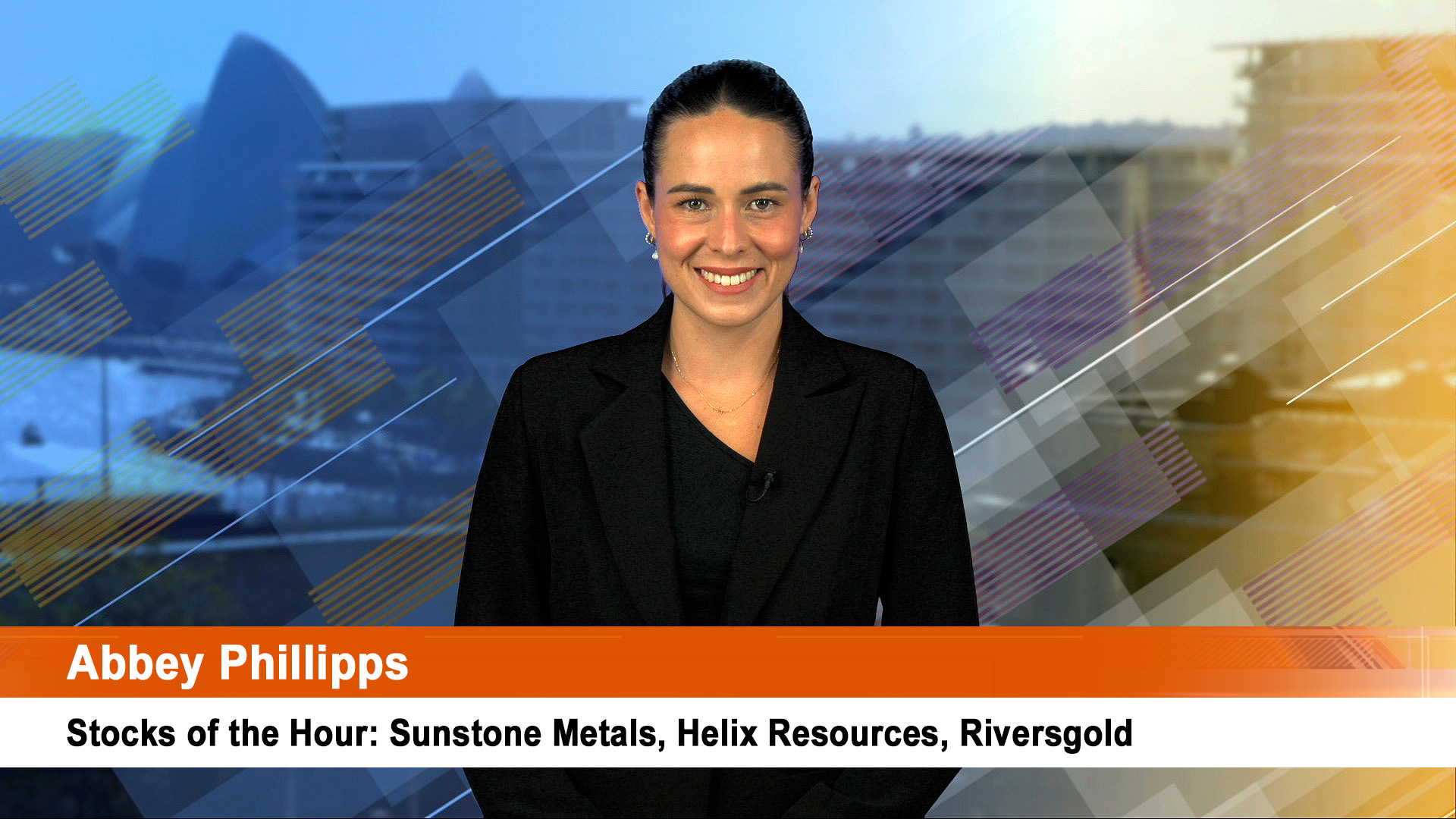As expected the US Federal Reserve has ignored more weak inflation figures and lifted its key interest rate for a second time this year (and 4th in the current cycle) and revealed plans for reducing the size of its balance sheet later this year.
The bank lifted the target range for the federal funds rate of 1% to 1.25%, reiterating that it expects inflation to return to target but stressing they are watching low inflation numbers “closely” after a series of disappointing readings such as the consumer price index for May, released hours before the Fed’s decision was announced.
The news was given a mixed reception by markets – the Dow ended higher, but the S&P 500 and the Nasdaq both closed lower. Bond yields edged up a touch, shares fell further, then rebounded, only to close weaker.
Gold dropped after being higher in earlier trading and oil prices did the same – except they lost more than 3% to fall under $US45 a barrel and hit seven months lows after a warning that the oversupply situation won’t improve until next year.
The Australian dollar rose well past 76 US cents before the Fed’s announcement, then fell after the news became public and ended the session around 75.90 at 6 am Sydney time.
The overnight futures trading for the ASX 200 will start with losses of around 30 points or more – a big difference to the 61 point surge in Australia yesterday.
The weaker oil price will put downward pressure on inflation which has weakened in recent months. Figures out before the Fed’s announcement showed the CPI eased by 0.1% in May from April, the second drop in three months, while the core index only grew by 0.1%.
That was an annual rate of 1.9%, down sharply from the 2.2% rate in April and again under the Fed target of 2%.
Despite that the so-called dot plot (which shows where Fed members see rates moving to in the future) stuck with forecasts pointing to further rate increases in the coming years, including a further 0.25% increase by the end of this year.
Retail sales were also weak in May, dropping 0.3%, according to the US commerce department, badly missing estimates that it would hold steady. Excluding the autos component, sales were also down 0.3%, against forecasts for a rise of 0.1%.
Ms Yellen told a media conference after the rate decision was released that the rate rise reflected the “progress the economy has made and is expected to make towards the maximum employment and price stability objectives assigned to us by law.”
She added that economic growth appeared to have rebounded from earlier this year. “We continue to expect that the economy will expand at a moderate pace in the next few years.”
While she acknowledged the weaker inflation readings in recent months, she insisted they were significantly driven by one-off reductions in categories of prices such as wireless telephone services and prescription drugs.
“The committee still expects inflation to move up and stabilise at around 2 per cent in the next couple of years,” said Ms Yellen. “We continue to expect the ongoing strength of the economy will warrant gradual increases in the federal funds rate to sustain a healthy labour market and stabilise inflation around our 2 per cent longer-run objective.”
The updated Fed forecasts dropped the core inflation estimate by the end of 2017, to 1.7% compared with 1.9% in March. But the Fed still sees on-target (2%) inflation in 2018 and 2019.
The Fed cut estimates for unemployment, trimming the median outlook to 4.3% at the end of the year, down from 4.5%, and unchanged from the reading reached in May. The jobless rate is forecast to dip to 4.2% next year and in 2019. The long-run projection for the jobless rate was trimmed to 4.6% from 4.7%.
Economic growth projections remained fairly steady. GDP growth was seen at 2.2% this year, up slightly from 2.1% in the March forecasts and steady at the same level next year (and nowhere near resident Trump’s bombastic claim of 3% growth or more).
So far as its balance sheet is concerned, the Fed said it would shrink the size gradually by allowing some securities to mature and not reinvesting some of tis money, as it has been doing.
The move sounds arcane, but when it starts it will be another monetary policy tightening because it will reduce the amount of money the Fed is pushing into the US economy. It should boost mortgage rates especially by the end of this year.
Over time the markets will see the Fed’s moves to reduce the size of its balance sheet as another rate rise.
As part of its quantitative easing program the Fed has been maintaining a huge balance sheet by reinvesting the proceeds of maturing Treasury bonds and mortgage-backed securities. That has seen the balance sheet of the central bank grow to around $US4.5 trillion.
Under the plan, the Fed will initially allow $US6 billion a month in principal from maturing Treasury securities to runoff. That will increase by $US6 billion each quarter over a year until it reaches $US30 billion a month.
For mortgage-backed securities and federal agency debt, the Fed set an initial cap of $US4 billion. That will increase in quarterly steps of $US billion each quarter until it reaches $US20 billion a month.
The Fed did not specify how much it planned to shrink its balance sheet, but the bank did say its holdings won’t return to pre-GFC level of around $US800 billion.
And if the economy slows, the Fed says it could resume reinvestment or even increase the size of the balance sheet again.













